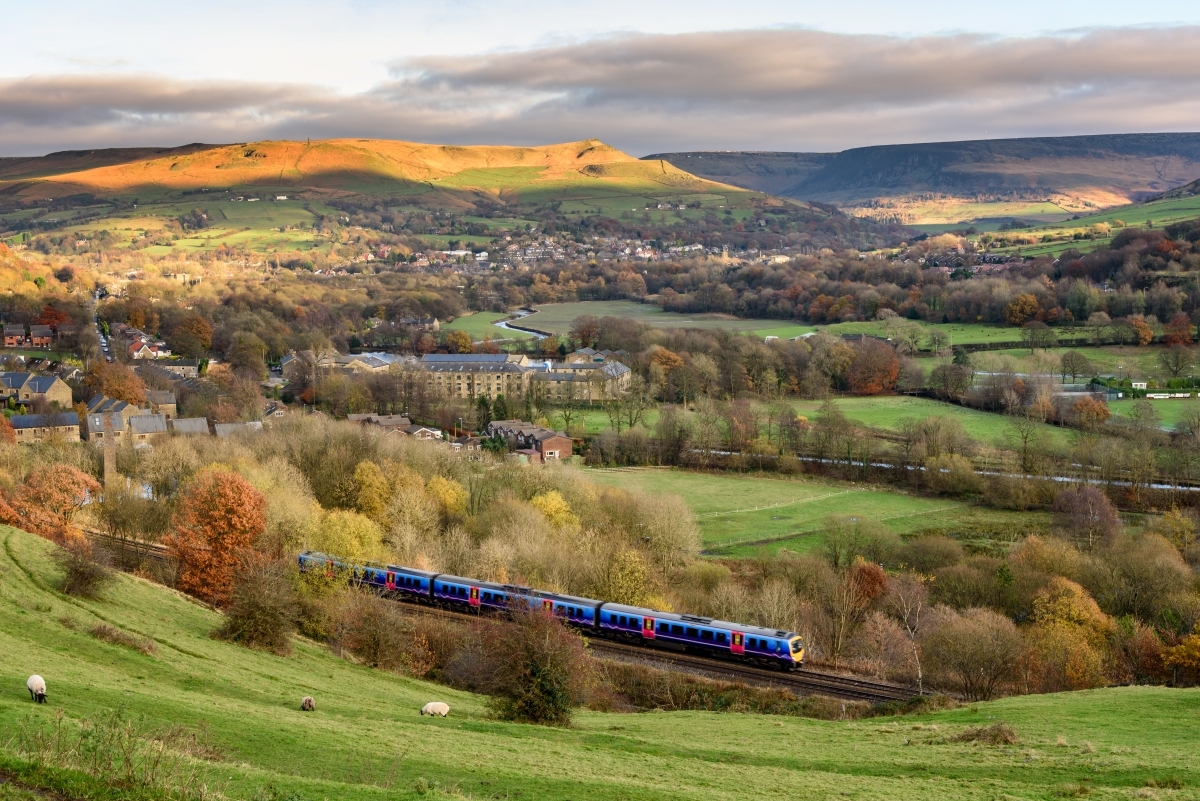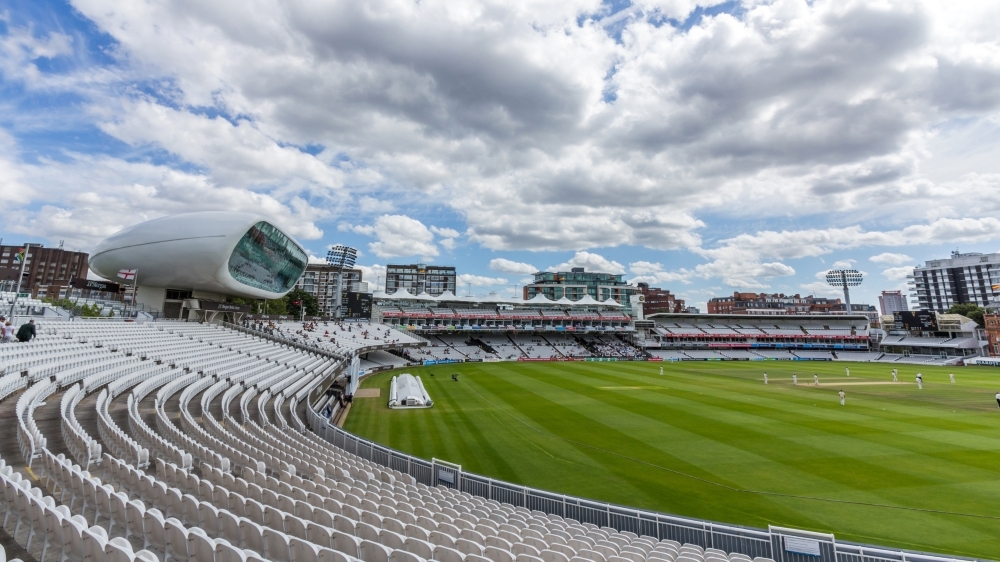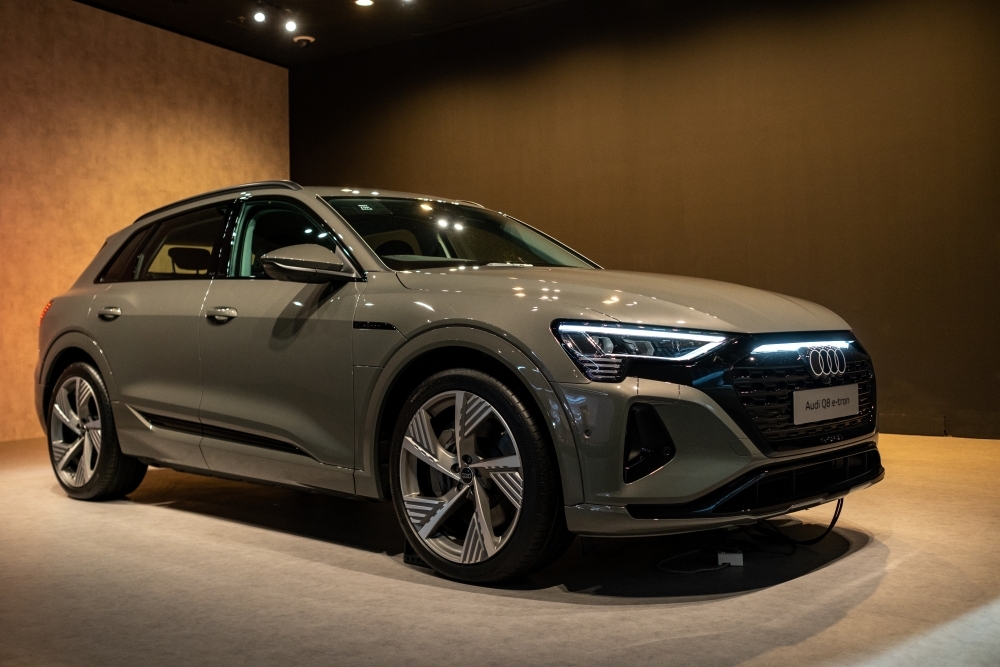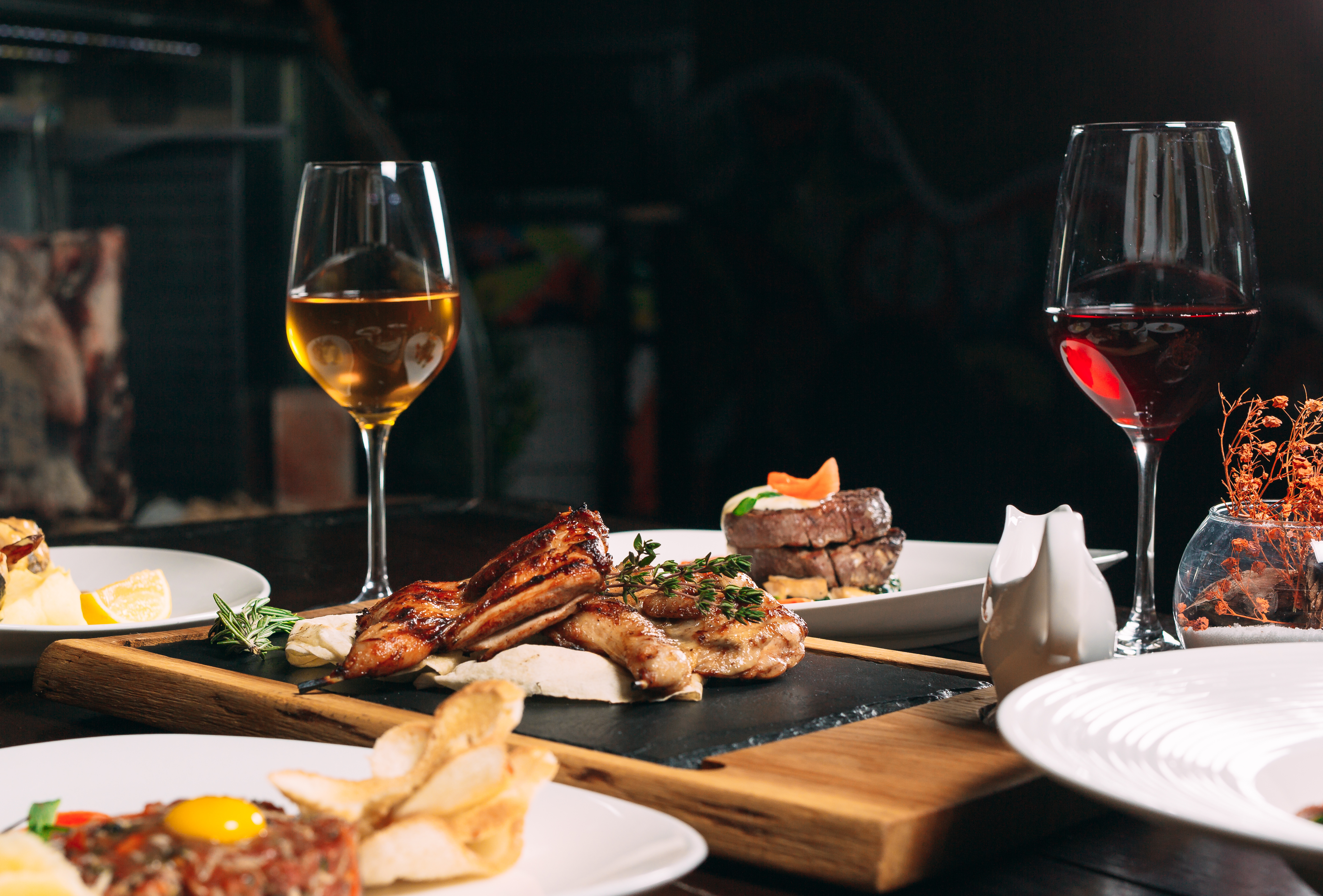The Famous Film Locations in London
One of the most thrilling elements of modern cinema is when the locations used in telling the story take on a strength and personality all of their own. From the mean streets of New York City, through to the vast arid expanse of the Sahara desert, it is often said that locations can become characters on the silver screen. They appear to have their own motivations, impact and bearing on the films and allow us to immerse ourselves in the lives and adventures of the heroes and villains we are spending time with.
London is fortunate to hold so many iconic landmarks, famous streets, architectural oddities and an atmospheric energy quite unlike anywhere else in the world. As a result, filmmakers and location scouts working on everything from high octane thrillers to classic romances scour the neighbourhoods searching for the perfect frame for every scene in their tales. Luminaries such as Alfred Hitchcock, Stanley Kubrick, Danny Boyle and Christopher Nolan have all observed London through a lens and the results are always magnificent.
Here is a collection of some of the very best film locations in London.

King’s Cross Station
The combination of function and elegance in the architecture of King’s Cross Station has made it a film-set superstar on many occasions. Built in 1852, this was a transport hub that signified a gradual move away from the ultra-ornate stylings of the Victorian era for a cleaner and more modern aesthetic.
It is also the home to the world-famous Platform 9 3/4 from the Harry Potter series of movies. As the gateway to the wizarding world, it marked the real beginning of the heroic journey for Harry as he joined his friends and his adventures began. There is even a dedicated spot in the station with a disappearing luggage trolley that thousands of Potter fans make a pilgrimage to each year.
The magic from King’s Cross Station location can also be seen in the Ealing comedy The Ladykillers from 1952 with Sir Alec Guinness as the star, and it even makes for a gritty and atmospheric Gotham City scene in the classic superhero movie Batman Begins.
Notting Hill
The charming neighbourhood of Notting Hill in the Royal Borough of Kensington & Chelsea is the dream location for any director looking for the right mise-en-scéne to suit a tale of love and romance. With its Victorian terraces and colourful facades on the streets and garden squares, the area is one of the most photogenic in all of the capital.
The Roger Mitchell and Richard Curtis film that shares the Notting Hill name certainly makes the most of it, too. Westbourne Park Road is home to the famous blue door from the movie where Hugh Grant lives during his relationship with Julia Roberts. Nearby stands the Travel Bookshop on Blenheim Crescent, Portobello Road Market is the focus of the opening montage and Rosemead Gardens, where the characters perform a bumbling break-in, are also just a stroll away.
Hugh Grant also makes the most of the Notting Hill energy in the series of Paddington movies that are set in the fictional location of Windsor Gardens. Although never referenced directly, it is clear that the ‘very rare sort of bear’ has made his home here. There are also examples of cult classics filmed here, with 1970’s Performance perhaps being the strongest example. In the film, Mick Jagger struts his stuff around Notting Hill against the backdrop of what was then a fading grandeur and there are plenty of fans that stop to recreate scenes here too.
The Old Royal Naval College, Greenwich
The UK’s capital city has examples of design styles, trends and architecture that stretch back for centuries, often with their original function and purpose being adapted to suit changing times. On the South Bank of the River Thames, The Old Royal Naval College was the birthplace of Henry VII and Elizabeth I. It served as a hospital for seamen in the late 17th century, created by Sir Christopher Wren and is now a UNESCO World Heritage site. With such prestige and versatility, it is little wonder that it became a star of the silver screen too.
The grand colonnades and picturesque courtyards lent a suitable scale and drama to the 2012 film version of Victor Hugo’s turbulent tale, Les Misérables. The classical architecture of the central courtyard was also used to similar effect, with added computer-generated special effects of course, for a huge confrontation between the God of Thunder and Christoper Eccleston’s antagonist, Malekith, in the Marvel Cinematic Universe movie, Thor. The Dark World.
The King’s Speech and The Theory of Everything made great use of the beautiful interiors here too, doubling as stately settings and Cambridge college offices, respectively.
Westminster Bridge
Few landmarks in the capital are so instantly recognisable as Westminster Bridge. Since its completion in 1862 this triumph of Gothic detailing along graceful arches and iron work provides a platform for London’s top tier of tourist attractions. It straddles the Thames, offering views of Parliament and Big Ben with the London Eye and The Gherkin all in the frame. And Westminster Bridge is eternally busy with traffic, visitors, commuters, cyclists, joggers and all manner of hustle and bustle.
That is precisely why its appearance in the opening scenes of Danny Boyle’s modern horror classic, 28 Days Later feels so strange and otherworldly. The crew used handheld cameras at dawn and paid a huge chunk of the film’s entire budget to capture a completely empty Westminster Bridge for one of the story’s protagonists to journey across on foot. It instantly became an iconic shot for its glacial movement and barren atmosphere.
007 himself also made a journey across Westminster Bridge in 2007’s Spectre, albeit with many more supporting cast members and much, much greater speeds. The chase scene that took place close to the Houses of Parliament was filmed at breakneck speed in true James Bond style. And nobody does it better, of course.
London continues to be a huge draw for movie producers, directors and writers as we move well into the 21st century. With so much heritage, such a varied landscape and so many landmarks to use, the lights will stay on, the cameras will be rolling and action will be taking place here for a very long time to come.



